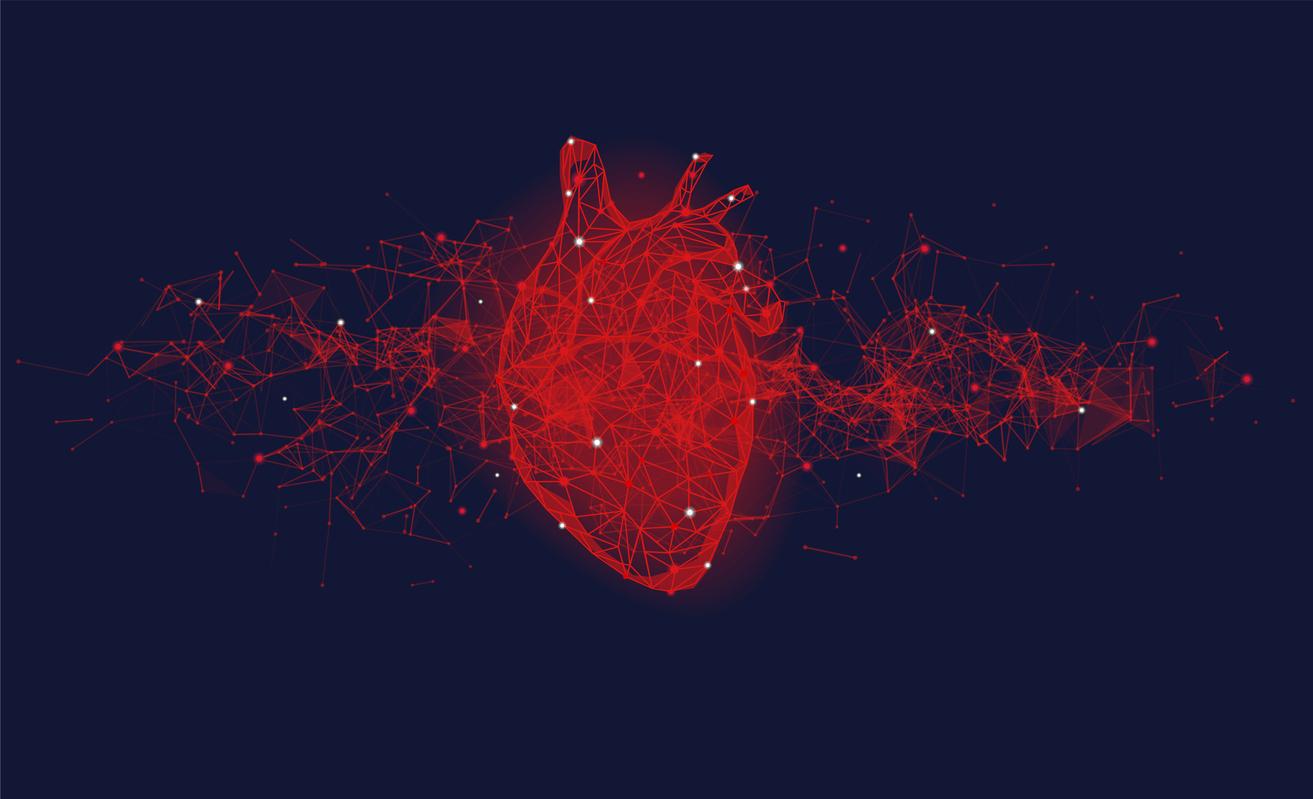Researchers have succeeded in creating a model of brain cells, capable of reproducing in six weeks what happens over 10 to 13 years in the brain of a person suffering from Alzheimer’s disease.

- A model can reproduce the effects of 10 years of Alzheimer’s disease on brain cells in just 42 days.
- Using an algorithm, researchers have demonstrated the relevance of this technique and its effectiveness.
- This innovative method could accelerate the discovery of new treatments.
Time is a crucial issue for scientists working on Alzheimer’s disease. Finding effective treatments requires testing, but it can take years to see results. A team from Mass General Brigham, in Boston, in collaboration with researchers from Beth Israel Deaconess Medical Center, located in the same city, have developed a technique to study the effects of ten years of illness in just a few weeks. In the magazine Neuronthey explain that they successfully tested their model using artificial intelligence.
Six weeks of cell culture to reproduce ten years of Alzheimer’s disease
This cellular modeling, nicknamed “Alzheimer’s in a dish”either “Alzheimer’s in a Petri dish”was created around ten years ago. “The model uses cultures of mature brain cells suspended in gel to replicate what happens in the human brain over 10 to 13 years, in just six weeks.”explain these researchers in a press release.
In this new study, they demonstrate that the technique is effective in producing changes identical to those caused by the disease. They have created an algorithm to assess how well these models of Alzheimer’s disease mimic changes in gene function and expression observed in patients’ brains.
An algorithm to test the cellular model of Alzheimer’s disease
To test the effectiveness and interest of this cellular model, the research team developed a “platform for analyzing the activity of integrative pathways” (IPAA), i.e. an algorithmic system. It is able to determine which models most faithfully reproduce the functional changes observed in Alzheimer’s disease and to identify the most relevant pathways for drug discovery. The researchers identified 83 dysregulated pathways present in different brain samples from deceased Alzheimer’s patients and in the 3D cell models they created. This trial allowed them to prove that they accurately mimic the brain biology observed in human patients.

Alzheimer’s disease: an effective technique for finding new treatments
While studying these different pathways, scientists delved deeper into one of them: p38 mitogen-activated protein kinase (MAPK). They used it to test drugs. The team found that a clinical p38 protein kinase inhibitor, which has not yet been tested in Alzheimer’s disease patients, is highly effective in reducing canned Alzheimer’s disease pathology. of Petri. Thanks to the cellular model, they could deepen their research in this direction. “The platform’s ability to identify promising drug targets, combined with the speed and scalability of the petri dish model of Alzheimer’s disease, allows multiple drugs to be tested simultaneously to identify potential therapies.”they warn. For co-senior author Doo Yeon Kim, from the department of neurology at Massachusetts General Hospital (MGH), this work demonstrates that the model, associated with the algorithm, can “accelerate drug discovery”.
















